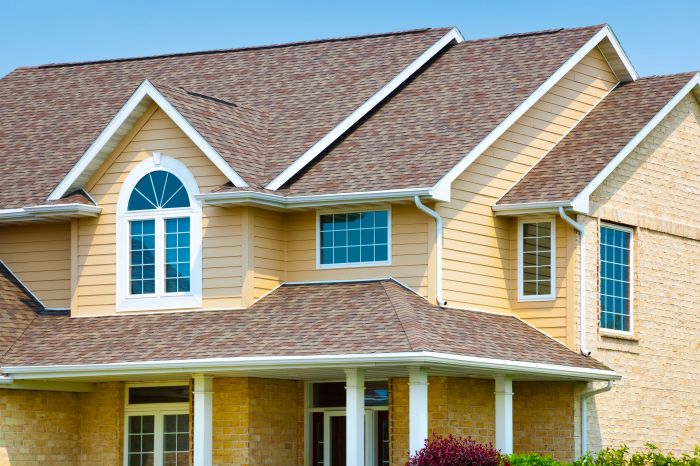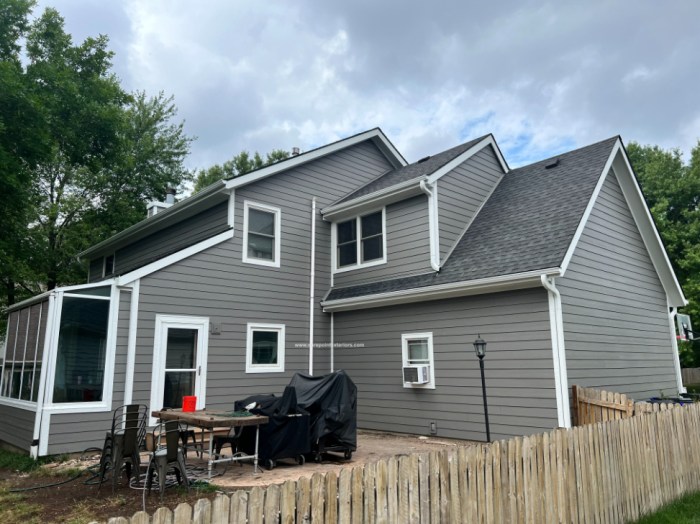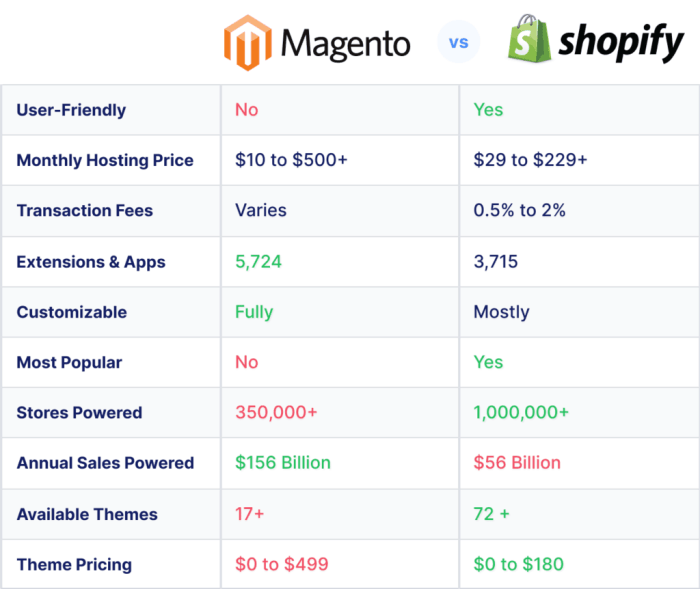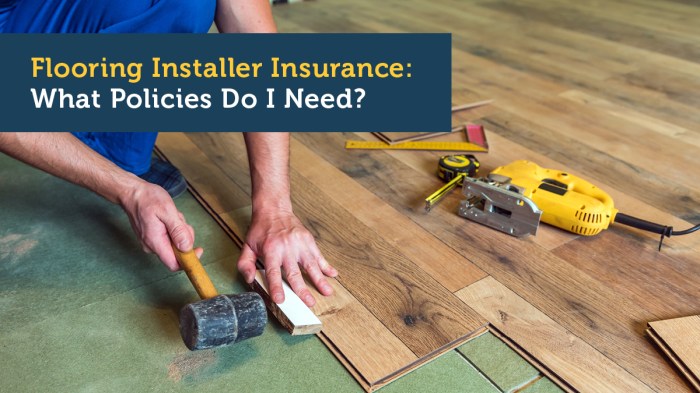Exploring Affordable Home Siding Options
Diving into the realm of affordable home siding options, this introduction sets the stage for a comprehensive journey through various materials and considerations.
Providing insights into cost-effective choices, installation methods, and maintenance tips, this guide aims to equip readers with the knowledge needed to make informed decisions for their homes.
Types of Affordable Home Siding Options
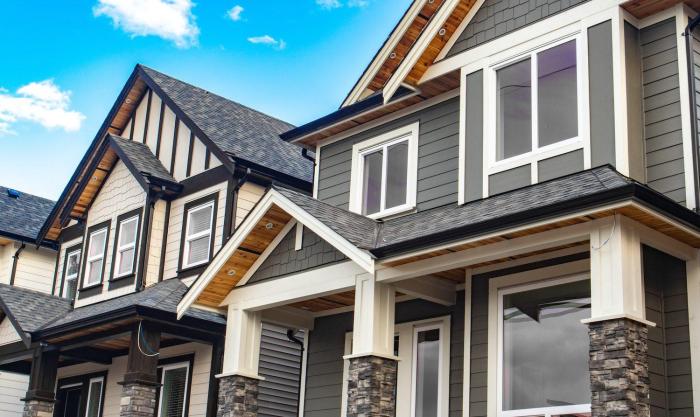
When it comes to choosing affordable siding options for your home, there are several materials to consider. Each type of siding has its own unique characteristics, durability, and pros and cons. Let's explore the different affordable siding options available in the market.
Vinyl Siding
Vinyl siding is one of the most popular and affordable options for homeowners. It is made from PVC (polyvinyl chloride) and comes in a variety of colors and styles. Vinyl siding is known for its low maintenance, as it does not require painting and is easy to clean.
However, it may not be as durable as other materials and can crack or fade over time.
Wood Siding
Wood siding provides a natural and timeless look to your home. It is relatively affordable and can be painted or stained to match your preferred aesthetic. Wood siding is eco-friendly and biodegradable, but it requires more maintenance compared to other materials.
It is prone to rot, mold, and insect damage if not properly maintained.
Fiber Cement Siding
Fiber cement siding is a durable and affordable option that mimics the look of wood or stucco without the high maintenance. It is made from a mixture of cement, sand, and cellulose fibers, making it resistant to fire, rot, and pests.
Fiber cement siding is available in a variety of textures and colors, providing versatility in design options.
Metal Siding
Metal siding, such as aluminum or steel, is another cost-effective option for homeowners. It is lightweight, durable, and resistant to fire, rot, and insects. Metal siding is low maintenance and can last for many years with proper care. However, it may dent or scratch easily, especially in areas prone to severe weather conditions.Overall, each siding material has its own advantages and disadvantages.
Consider factors such as cost, maintenance, durability, and aesthetic appeal when choosing the best affordable siding option for your home.
Cost-Effective Siding Materials
When it comes to choosing siding materials for your home, finding cost-effective options is crucial. Here are some tips to help you select budget-friendly siding that doesn't compromise on quality.
Choosing Budget-Friendly Siding Options
- Consider vinyl siding: Vinyl siding is a popular choice for its affordability and low maintenance requirements. It comes in a range of colors and styles, mimicking more expensive materials like wood or stone.
- Explore fiber cement siding: Fiber cement siding offers a durable and cost-effective alternative to materials like wood or stucco. It is resistant to rot, pests, and fire, making it a long-lasting option.
- Look into engineered wood siding: Engineered wood siding combines real wood fibers with other materials to create a more affordable yet durable option. It provides the aesthetic appeal of wood without the high cost.
Balancing Cost and Quality
- Consider the long-term savings: While upfront costs are important, also factor in the maintenance and longevity of the siding material. Investing in a higher-quality material may save you money in the long run by reducing repair and replacement costs.
- Compare different materials: Don't just focus on the initial cost of the siding. Look at the overall value, including durability, energy efficiency, and maintenance requirements, to determine the best cost-effective option for your home.
Long-Term Cost-Effectiveness of Siding Materials
- Vinyl siding: Vinyl siding is known for its low cost and minimal maintenance, making it a cost-effective choice for many homeowners. It is durable and can last for decades with proper care.
- Fiber cement siding: While fiber cement siding may have a higher initial cost, its longevity and resistance to elements make it a cost-effective option in the long run. It requires minimal upkeep and is less prone to damage compared to other materials.
Strategies for Getting the Best Deals
- Shop around for quotes: Get multiple quotes from different siding contractors to compare prices and services. This will help you find the best deal for your budget.
- Consider off-season installations: Some contractors offer discounts for off-season installations when demand is lower. Take advantage of these opportunities to save on labor costs.
DIY vs. Professional Installation
When it comes to installing home siding, homeowners often face the decision of whether to tackle the project themselves or hire professionals. Both DIY and professional installation have their own pros and cons, which can impact the overall cost, quality, and timeline of the project.
Cost Comparison
- DIY Installation: One of the main advantages of DIY siding installation is cost savings. By doing the work yourself, you can eliminate labor costs, which can account for a significant portion of the overall project expenses.
- Professional Installation: Hiring professionals for siding installation typically involves labor costs, but it ensures that the job is done correctly and efficiently. While this option may be more costly upfront, it can save you time and potential headaches in the long run.
Skill Level Required
- DIY Installation: DIY siding projects require a moderate level of skill and familiarity with basic tools. It's important to carefully follow installation instructions and safety guidelines to ensure a successful outcome.
- Professional Installation: Professional installers have the expertise and experience to handle various types of siding materials and installation techniques. They are equipped to troubleshoot any issues that may arise during the project.
Step-by-Step Guide for DIY Installation
- Prepare the surface by cleaning and inspecting it for any damage.
- Measure and cut the siding panels to fit the dimensions of your home.
- Install the starter strip and corner pieces to provide a secure foundation.
- Begin attaching the siding panels, making sure to overlap them properly for weatherproofing.
- Finish the installation by adding trim pieces and sealing any gaps or joints.
Benefits and Drawbacks of Hiring Professionals
- Benefits: Professional installers can provide expert advice, ensure proper installation, and offer warranties on their work. They can also complete the project in a timely manner, saving you the hassle of a prolonged DIY project.
- Drawbacks: The main drawback of hiring professionals is the added cost compared to a DIY project. Additionally, you may have less control over the project timeline and materials used.
Maintenance and Longevity
Proper maintenance is essential to ensure the longevity of your affordable home siding. Different siding materials have varying maintenance requirements and lifespans. Here, we will discuss how to maintain and extend the lifespan of your siding, as well as when to repair or replace it.
Maintenance Requirements for Various Siding Options
- Vinyl Siding: Vinyl siding is relatively low maintenance, requiring occasional cleaning with a mild detergent and water to prevent mold and mildew buildup.
- Fiber Cement Siding: Fiber cement siding needs to be repainted every 5-10 years to maintain its appearance and protect against moisture damage.
- Wood Siding: Wood siding requires regular painting or staining to prevent rot and insect infestation. It also needs to be inspected for signs of damage regularly.
Lifespan of Different Siding Materials
- Vinyl Siding: Can last 20-40 years with proper maintenance.
- Fiber Cement Siding: Has a lifespan of 30-50 years if maintained correctly.
- Wood Siding: Depending on the type of wood and maintenance, wood siding can last 20-100 years.
Tips for Extending the Longevity of Affordable Home Siding
- Regularly clean your siding to prevent dirt and debris buildup.
- Inspect your siding for any signs of damage, such as cracks, rot, or insect infestation.
- Address any issues promptly to prevent further damage and extend the lifespan of your siding.
Spotting Signs of Damage and When to Repair or Replace Siding
- Look for cracks, warping, or discoloration in your siding, which can indicate underlying issues.
- If you notice signs of damage, such as rot or mold growth, it is essential to repair or replace the affected sections promptly.
- Consult a professional if you are unsure about the extent of the damage or the best course of action to take.
Summary
In conclusion, affordable home siding options offer a range of choices for homeowners looking to enhance their properties without breaking the bank. By weighing the pros and cons, considering longevity, and exploring installation methods, individuals can find the perfect siding solution for their needs.
Clarifying Questions
Which affordable siding material is the most durable?
Fiber cement siding is known for its exceptional durability, often outlasting other materials like vinyl or wood.
Is DIY siding installation a good idea for beginners?
While DIY siding projects can be rewarding, they require a moderate skill level and careful attention to detail. Beginners may want to start with smaller projects before tackling full home installations.
How can homeowners extend the lifespan of their affordable siding?
Regular cleaning, inspections for damage, and prompt repairs can significantly extend the longevity of affordable siding options. Proper maintenance is key to preserving the material over time.

